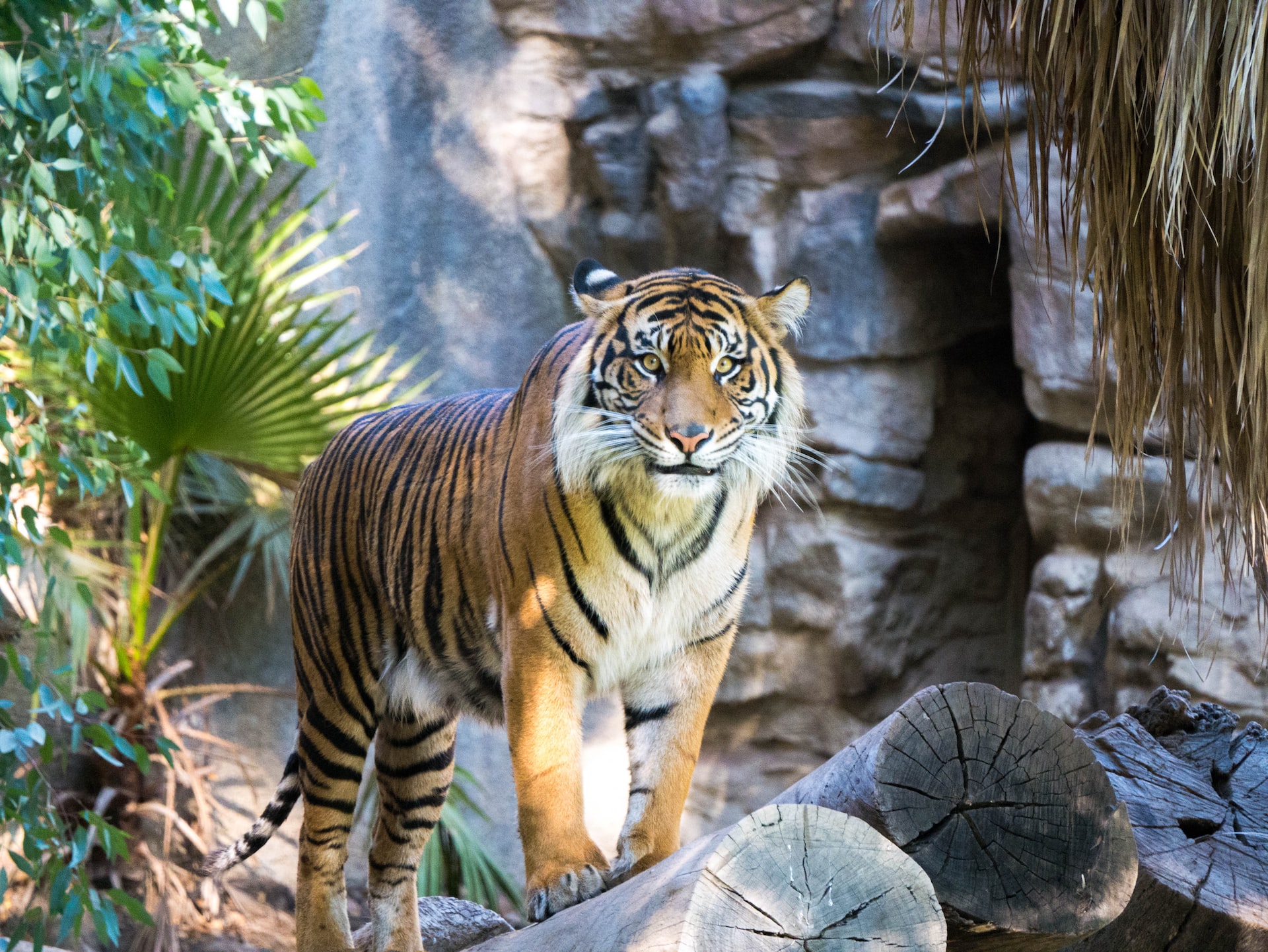Majestic and Endangered: Everything You Need to Know About Tigers

Tigers are large, majestic cats that are native to parts of Asia. They are known for their distinctive orange and black stripes, powerful muscles, and strong jaws. Tigers are apex predators and are at the top of their ecosystem’s food chain. They are also an endangered species, with fewer than 4,000 individuals remaining in the wild.
Saving the Stripes: The Importance of Tiger Conservation
Physical characteristics
Tigers are the largest members of the cat family and can weigh up to 700 pounds. They have long tails and powerful legs that allow them to run at speeds of up to 40 mph. Tigers have sharp claws and teeth, which they use to hunt and kill their prey. They also have excellent eyesight and hearing, which helps them locate prey from a distance.
Behavior and ecology
Tigers are solitary animals and generally only come together to mate or raise their young. They are territorial and mark their territory with scent glands on their face and paws.
Tigers are skilled hunters and typically prey on large mammals such as deer, boar, and buffalo. They are also opportunistic eaters and will occasionally hunt smaller prey or scavenge for food.
Conservation and threats
Tigers are endangered due to habitat loss, poaching, and conflicts with humans. They are protected by international law, and conservation efforts are underway to protect their remaining populations and help them recover.
Some of the threats facing tigers include habitat destruction due to logging, agriculture, and urbanization, as well as poaching for their skin, bones, and other body parts, which are valued in traditional medicine and as luxury items.
Breeds and types
There are six recognized subspecies of tigers: the Bengal tiger, the Siberian tiger, the Sumatran tiger, the South China tiger, the Indochinese tiger, and the Malayan tiger. Each subspecies has its own unique physical and behavioral characteristics.
Tigers are also classified into three categories based on their size and habitat: large continental tigers, small island tigers, and isolated population tigers.
And, finally, to conclude.
Tigers are magnificent and powerful animals that are an important part of the world’s biodiversity. However, they are also endangered and face significant threats to their survival. Conservation efforts are important to protect these beautiful creatures and help ensure their future in the wild.







